Projection welding is a specialized form of resistance welding where localized heat is generated at specific points on a workpiece by applying pressure and passing an electrical current through the material. Unlike traditional welding methods that create a uniform heat distribution across the entire workpiece, projection welding focuses on welding at discrete points, often where metal projections (raised areas) have been designed on the workpieces to be joined. This makes projection welding particularly well-suited for joining sheet metal parts with complex geometries, such as components in the automotive, electronics, and manufacturing industries.
Projection welding is commonly used to join parts that are difficult to weld using other methods due to their shape or material properties. It can create strong, consistent welds quickly, making it a highly efficient and reliable process for mass production environments.
Projection Welding Process
The projection welding process uses the same fundamental principles as resistance welding, but with a unique focus on localized heating. Here’s a step-by-step explanation of how the process works:
- Preparation of the Parts: The parts to be welded are prepared by having projections (raised areas) formed on one or both surfaces to be joined. These projections can be part of the part’s design or can be created by stamping or machining. The projections are typically small, localized areas where the welding will occur.
- Fixture Setup: The workpieces are aligned and placed in a fixture, ensuring that the projections on the material are correctly positioned. The fixture is designed to apply pressure and hold the parts in place during the welding process.
- Electrode Contact: In projection welding, electrodes are placed on the surfaces of the workpieces, with the current flowing through the projections. The electrodes apply pressure, forcing the projections into contact, which causes localized heating at the contact points.
- Application of Current: Once the electrodes are in place, an electrical current is passed through the workpieces. The current flows through the projections, generating localized heat due to the electrical resistance of the material. This heat causes the material at the projections to melt, creating a molten pool.
- Weld Formation: The heat generated by the electrical current causes the projections to melt and fuse the parts. The electrodes continue to apply pressure during this process to ensure a strong bond forms as the material solidifies.
- Cooling and Solidification: After the welding is complete, the current is stopped, and the electrodes are removed. The molten material cools and solidifies quickly, forming a strong bond between the parts. The fixture holds the workpieces in place while cooling to ensure the joint remains intact.
- Inspection and Post-Weld Processing: Once the weld has cooled, the welded components are inspected for quality. In some cases, the welded parts might undergo additional processes, such as trimming, grinding, or cleaning, to remove excess material or improve the appearance of the weld.
Projection welding is particularly effective for creating multiple welds at once on a single workpiece, making it a popular choice for high-volume production lines, such as those in the automotive industry, where mass production of parts like electrical connectors or brackets is common.
Pros and Cons of Projection Welding
While projection welding offers several advantages, it also has limitations. Here’s an overview of the pros and cons of projection welding:
Pros
- High-Speed Production: Projection welding is well-suited for high-speed production environments. The process can create multiple welds simultaneously on a single part, significantly improving productivity in applications like automotive manufacturing, where speed is crucial.
- Localized Heat Generation: The ability to focus heat on specific areas (the projections) ensures that heat is only applied where it’s needed. This reduces the risk of damaging the surrounding areas of the workpieces, making projection welding ideal for delicate or heat-sensitive materials.
- Consistent, Strong Joints: Projection welding typically produces strong, high-quality welds with minimal risk of defects like porosity or cracking. The localized heating and controlled pressure ensure that the weld is consistent, which is important for creating reliable, durable joints.
- Automated Capability: The process is highly suitable for automation, making it ideal for use in robotic welding systems or automated production lines. This can reduce labor costs and improve the consistency of welds across large batches.
- No Need for Filler Material: Like other resistance welding methods, projection welding does not require filler material. This makes it a cost-effective process because it eliminates the need for additional materials and reduces waste.
- Ideal for Thin Materials: Projection welding is particularly effective for welding thin sheet metal parts, which are common in automotive manufacturing, electronics, and appliance production. It can join materials like steel, aluminum, and copper with excellent precision.
Cons
Initial Setup Costs: While projection welding is cost-effective in the long run, the initial investment can be relatively high. The fixtures, electrodes, and equipment required for creating projections, as well as the setup for automation, can add to the initial costs.
- Limited to Materials with Good Conductivity: The process relies on electrical resistance to generate heat, which means it works best with metals that have good electrical conductivity, such as steel and aluminum. Materials with poor conductivity, like certain high-resistance alloys, may not be suitable for projection welding.
- Requires Precise Projections: The effectiveness of the process depends heavily on the proper design and formation of projections. If the projections are not uniformly created or positioned correctly, it could lead to poor-quality welds or weld failure. This adds a level of complexity in the design and manufacturing stages.
- Not Suitable for Thick Materials: Projection welding is typically more effective for thinner materials. For thicker materials, the heat generated might not be enough to produce a strong weld, or the process could take too long. In these cases, other methods like spot welding or MIG welding may be more appropriate.
- Electrode Wear: The electrodes used in projection welding can wear out over time due to the high pressure and electrical currents they must endure. Regular maintenance and replacement of electrodes are required to ensure consistent weld quality and avoid defects.
- Limited Flexibility with Complex Shapes: Projection welding works best with relatively simple geometries, such as flat or slightly curved parts. For highly complex or irregularly shaped parts, other welding methods, like laser welding or TIG welding, may be more appropriate.
Conclusion
Projection welding is a highly efficient, cost-effective, and precise welding method, making it a go-to choice for high-volume production environments, particularly in the automotive and electronics industries. Its ability to focus heat at localized points ensures minimal thermal distortion and strong, reliable welds, making it ideal for thin sheet metal parts with raised projections.
However, projection welding is not without its challenges. The process requires careful setup and proper design of projections, and it is most effective with materials that have good electrical conductivity. While it excels in speed and consistency, it may not be the best choice for thicker materials or highly complex geometries.
For applications where projection welding is suitable, it offers significant benefits in terms of productivity, weld quality, and cost-effectiveness, especially when integrated into automated production systems. As with any welding process, understanding its limitations and selecting the right method for the job is crucial for achieving optimal results.

